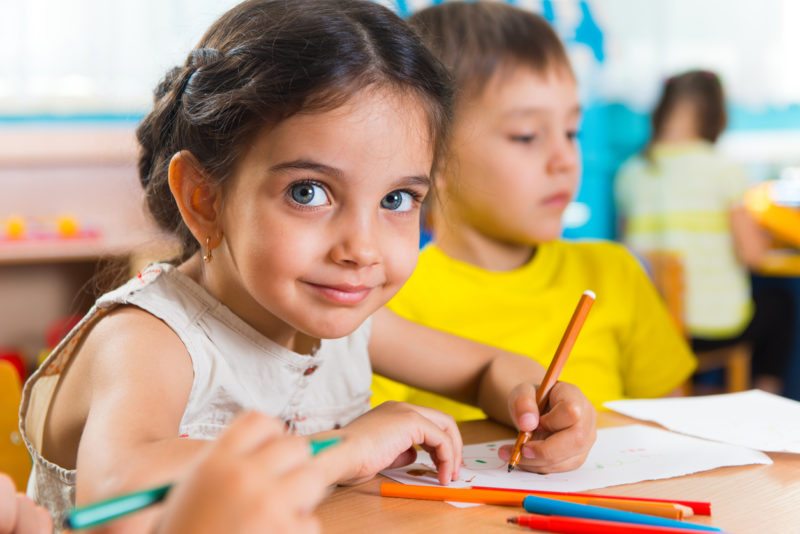
Share On Social!
In the past 15 years, Latino students have made strides in closing the achievement gap between them and their white peers. However, Latino English language learners (ELL) are falling further behind in mathematics and reading achievement. The gaps are also shown to be persistent between higher- and lower-income students.
According to a new report from the Economic Policy Institute, minority children – especially Latinos – are more likely to be poor and more likely to live in low-income, racially segregated neighborhoods compared to white students. The schools were also found to contain “concentrations of low-income, nonwhite students.”
In order to reduce health disparities, it is critical to address inequities in programs, practices, and policies. Join our site, connect with others, and get involved.
When students attend high-poverty schools that traditionally lowers students’ math and reading achievement levels. These disparities have a negative effect on minority students; in schools in which black and Latino students make up more than 75% of the student body, these students have recorded lower academic achievement.
These disparities have important, long-term implications, especially as the Latino population grows. Already the largest – and youngest – ethnic minority group in the United States, closing the achievement gap for ELL and non-ELL Latinos is going to be important going into the future.
Read more about this report here.
Read stories similar to this one:
- What does it cost to raise a child in 2017? #SaludAmerica #HealthEquity salud.to/2j2bQcd
- Despite promising national trends, poverty is rising in SD County. #SaludAmerica #HealthEquity salud.to/2iK7pof
Explore More:
Healthy Families & SchoolsBy The Numbers
142
Percent
Expected rise in Latino cancer cases in coming years



